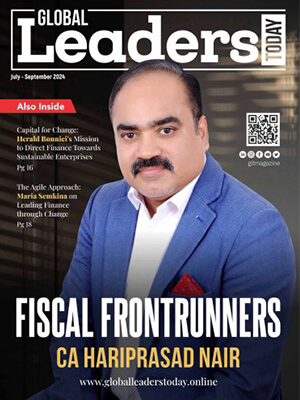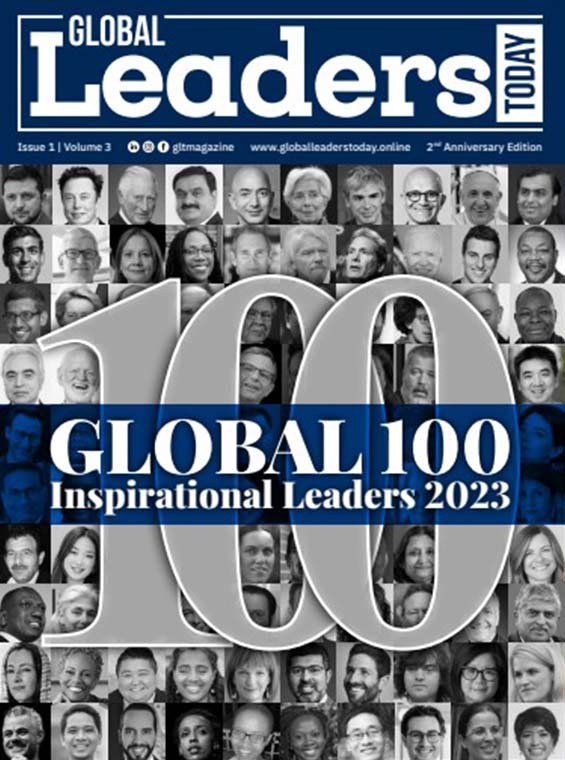Kevin Allocca is a world-renowned Author and Technology Professional and is currently the Head of Culture & Trends at YouTube. He tracks widespread video phenomena and manages to trend content initiatives. Allocca is YouTube’s expert on the intersection of web video and global culture and is often cited in the press on subjects of virality, popularity, and digital creativity. His TED Talk on “Why Videos Go Viral” has been watched over 2 million times, and he has been a keynote speaker at festivals and industry events all over the world.
Kevin Allocca was born and raised in Florida and identifies himself as a nineties kid. His typical day as a kid started with waking up to watch Ninja Turtles on Saturday mornings, tuning in to MTV to figure out which bands he was supposed to hate or like and renting movies from Blockbuster Videos. Allocca said in an interview with iNews, “Media had become more influential than ever thanks to the growing reach of radio and television, but participating in it required a lot of money.”
Allocca was fascinated by the Media industry and decided to pursue a Communication and Film Studies degree at Boston College. He started his career as a Producer/ Production Assistant and eventually stumbled upon Media due to his exceptional writing skills. He was offered the Associate Editor position at The Huffington Post and then became the Editor at MediaBistro.com.
He was then offered a job as the Trends Manager at YouTube in 2010 that took his career into an exciting new trajectory. He recalled in his interview with iNews, “When I started my job tracking trends at YouTube in 2010, the first thing I noticed was that nothing seemed to make sense: the most popular channel starred a 16-year-old boy with a sped-up, high-pitched voice; the biggest pop star in the world (Justin Bieber) had got his start because of some videos he recorded in his bedroom; and somehow at the same time, Barack Obama had been dubbed “the YouTube President”. Something big was happening. But it was chaos. My job as the platform’s first “trends manager” was to figure out what it all meant.”
As Allocca explained in his new book, Videocracy, the random, unpredictable mess he first encountered in 2010 was the logical product of our new creative freedom in this era of self-expression.
When he started working at YouTube, he would spend two to three hours a day watching YouTube videos for work, but now Allocca watches it in a very specific way. He says, “I know what I’m looking for.” Even so, he still watches four or five hours a week – but only the weirdest, wackiest, most beautiful stuff that is catching the world’s attention. “I like to say that I have every 15-year-old’s dream job.”
Allocca said in an interview, “My personal experience exploring the trends, communities, and talents on YouTube has often been like my own version of the double rainbow. And, oh my God… It’s so intense…”
He continued, “The first time I stumbled across the “Double Rainbow” video (officially titled “Yosemitebear Mountain Double Rainbow 1-8-10”), I’d yet to start a career in YouTube video watching. I took a holiday from my job as a news reporter to teach at a high school summer acting camp.
While Bear had posted the video in January 2010, it hadn’t taken off until six months later, when the talk show host Jimmy Kimmel shared it on Twitter: “my friend Todd has declared this the ‘funniest video in the world’ – he might very well be right.”
Allocca explained his understanding of the giant online video-sharing platform, YouTube, “I’ve seen how YouTube’s underlying technology amplifies the impact we can have on our culture as individuals by measuring and responding to how we use the technology – and how it renders obsolete so many of the factors that have historically limited how our ideas spread, like geographic location or economic status.”
YouTube was designed to be democratic, allow people to “Broadcast Themselves”, and connect viewers to whatever videos or channels they would most likely watch. The site quickly became the web’s #2 search engine, and by 2015 more than 400 hours of video were being uploaded every single minute from all over the world.
Allocca and his team have turned YouTube into a giant culture engine whose parts are consistently broken, improved, and replaced by every person who uses it.
Hee said, “But the ways we interact with video affect society on a more fundamental level as well. How we obtain and spread knowledge – and share our immediate experiences – has become more personal and direct, influencing the way we see the world and one another.”
When niche passions and interests drive programming, seemingly small communities can come to have a considerable influence on our lives. The entertainment we consume can reflect more profound, less conscious needs that often go unacknowledged in our media, a concept that YouTube understands and has embraced.
In conclusion, Kevin Allocca believes, “Tastemakers, creative participating communities, complete unexpectedness – these are characteristics of a new kind of media and a new kind of culture.”








